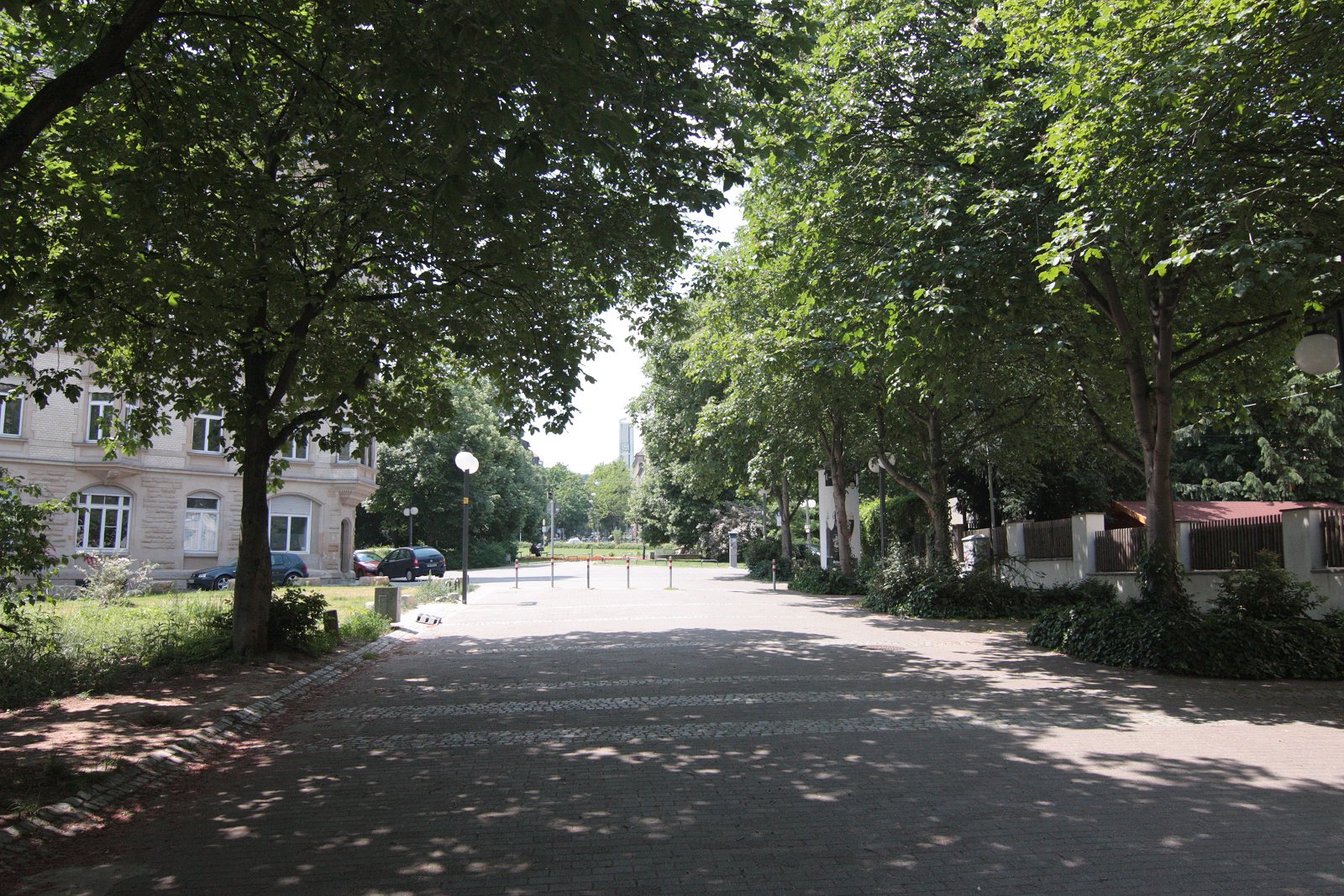

Topographic structures such as stream and meadow valleys provide natural green belts which at the same time represent preferred pathways for ventilation, while green spaces benefit urban climate and its protection:
- Vegetation exerts a significant stabilizing effect on the CO2 balance, cools the area and improves air quality.
- Green spaces serve as place-keepers, eliminating other uses which could impact negatively on climate protection due to potential emissions of relevance for the climate, such as roads or buildings.
- Where lower-level and less dense vegetation exists, green spaces promote ventilation within built-up areas through generation of cold air through thermally induced local wind systems such as ground wind and downslope winds and so act as fresh air corridors. This reduces exposure to pollutants and dissipates the build-up of heat and thermal stress, in particular during periods of extreme heat.
- Where vegetation is higher and denser, high wind speeds during storms are buffered. Furthermore, woodland plays a major role in terms of protection against soil erosion as a result of heavy rainfall and storms.
These green areas are protected and/or created in Stuttgart through the Land Use Plan.
Climatic and air-hygiene maps represent an indispensable technical basis for green corridor planning.
Many legal aspects support the preservation and creation of green spaces and corridors, including nature protection regulations and the German Federal building law which was revised in 2004 and now require precautionary environmental protection in urban zoning and planning practices.
Keeping natural green corridors free of encroachment by buildings does not necessitate a great deal of persuasion, given that aspects of landscape and nature conservation also support the urban climatology arguments. This joint argumentation featured predominantly in the debate surrounding conservation of the Greutterwald orchard district (Stuttgart-Weilimdorf).
Green corridors and networks are more important for climate objectives than small isolated green spaces, which have only a minimal remote impact in respect of their environment due to the so-called "oasis effect". However, this consideration does not in any way detract from the temperature-sinking importance of all vegetation areas.